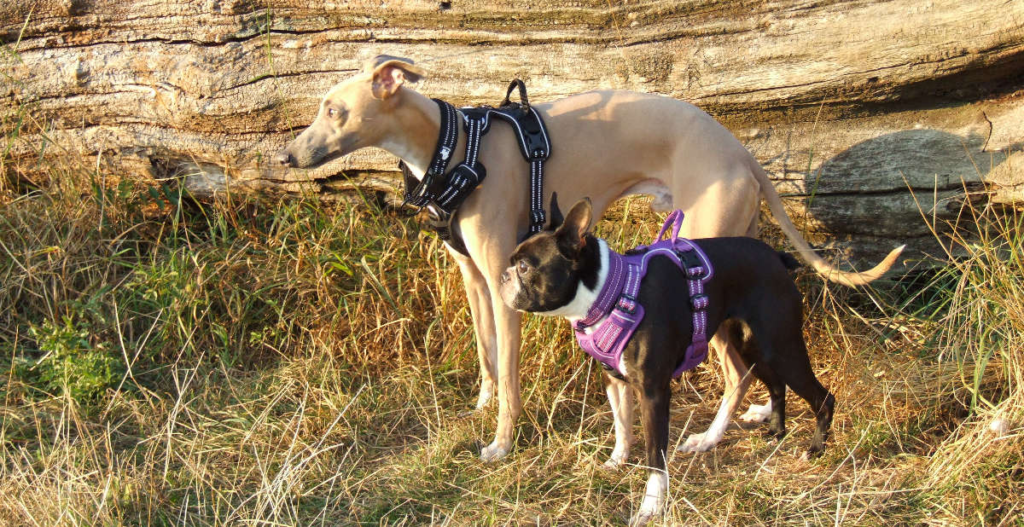
Dogs are creatures of instinct and, as such, their natural impulses can sometimes get the best of them. One of the most common issues that dog owners experience is their dog pulling on the leash. This can create a frustrating experience for the owner and lead to discomfort and injury for the dog.
The good news is that there is a solution: personalized dog harness. These harnesses are designed to discourage dogs from pulling while they are on a leash. In this article, we’ll explore the benefits of using a no pull harness for your dog, how they work, and some of the different types of harnesses that are available.
The first benefit of using a no pull harness is that it can prevent injury to your dog. When a dog pulls on a regular collar, the pressure from the collar can cause discomfort and even injury to the dog’s neck and throat. No pull harnesses are designed to distribute the pressure more evenly so that there is less strain on the dog’s neck. Additionally, some no pull harnesses are designed to prevent the dog from backing out of the harness, which can be a common issue with regular collars.
The second benefit of using a no pull harness is that it can make walks more comfortable and enjoyable for both you and your dog. When a dog is pulling on a leash, it can create a stressful and unenjoyable experience for the owner. With a no pull harness, the dog will be less likely to pull, making the walk more relaxed and enjoyable for both of you.
So how do no pull harnesses work? There are a few different designs, but most no pull harnesses work by applying pressure to specific points on the dog’s body when they pull on the leash. This pressure encourages the dog to slow down or stop pulling altogether. Some no pull harnesses also have a front-clip option that allows the owner to attach the leash to the front of the harness which can help with controlling the dog’s direction.
There are a few different types of no pull harnesses that you can choose from. One type is the front-clip harness which we mentioned earlier. This harness has a loop on the front that the leash clips onto. This design helps to redirect the dog’s attention and discourage pulling.
Another type of no pull harness is the head harness. This harness fits around the dog’s head like a muzzle and uses gentle pressure to discourage pulling. This type of harness is particularly useful for dogs that are difficult to control.
Finally, there is the back-clip harness. This harness has a ring on the top of the dog’s back where the leash clips onto. This type of harness is the least effective at stopping pulling but it does distribute the pressure more evenly than a regular collar.
Conclusion:
If you have a dog that pulls on their leash, a no pull harness can be a great solution. Not only do no pull harnesses prevent injury to your dog, but they can also make walks more comfortable and enjoyable for both you and your furry friend. When choosing a no pull harness, there are several options available including front-clip, head, and back-clip harnesses. With the right no pull harness, you can enjoy stress-free walks with your dog, and they can enjoy the outdoors without any discomfort or injury.






